The Dry Bridge Flea Market (Georgian: მშრალი ხიდის ბაზრობა, Mshrali Khidis Bazroba) is arguably Tbilisi’s most famous and vibrant open-air market, and a must-visit for anyone seeking a unique cultural experience. Located in the heart of the city, the market spills across the historic Dry Bridge and into the surrounding Dedaena Park and 9 March Park, creating a sprawling, eclectic bazaar. It’s often referred to as the “Market of Memories” for its rich collection of items that tell the story of Georgia’s past, particularly its time under Soviet rule and the challenging post-Soviet years.
Historical Origins and Significance:
A Bridge with a Story: The market gets its name from the Dry Bridge (Mshrali Khidi) itself. Originally built in the 19th century, it spanned an arm of the Mtkvari River. When that channel was filled in, the bridge was left “dry,” its name a testament to the city’s changing landscape.
Born from Necessity: The market emerged in its current form in the early 1990s, following the collapse of the Soviet Union. As Georgia faced economic hardship, locals began selling their personal belongings—from treasured heirlooms to everyday household items—to make ends meet. This origin story gives the market a profound sense of history and human resilience.
What You’ll Find:
The market is a treasure trove of the old and the new, the valuable and the kitschy. Browse the stalls is a journey of discovery, where you can find:
Soviet-Era Memorabilia: A major draw for tourists and history buffs. You can find a vast array of Soviet-era items, including military medals, old pins and badges, busts of Lenin and Stalin, old cameras, vinyl records, posters, and household items that offer a fascinating glimpse into a bygone era.
Antiques and Collectibles: Beyond the Soviet nostalgia, there are true antiques to be found. Look for antique silverware, old Georgian daggers (khanjali), ornate swords, rare coins and stamps, vintage radios, clocks, and samovars.
Handicrafts and Art: The market is a showcase for local Georgian creativity. In the nearby parks, you’ll often find a dedicated section for local artists displaying and selling their works, including landscape paintings of Tbilisi, intricate cloisonné enamel (minankari) jewelry, handmade scarves, and unique souvenirs.
Miscellaneous Treasures: The joy of the Dry Bridge Market is its sheer unpredictability. You’ll find everything from old books in various languages, vintage maps, and tools to antique furniture, kitchenware, and peculiar bric-a-brac. The variety is immense, making every visit a unique treasure hunt.
Visitor Experience and Tips:
Bargaining is Key: Haggling is a common and expected practice at the Dry Bridge Market. The prices for tourists are often higher, so be prepared to politely negotiate for a better deal.
Bring Cash: Most vendors operate on a cash-only basis, so it’s essential to bring enough Georgian Lari (GEL) in small denominations.
Best Time to Visit: The market is open daily, but the best time to go is on weekends, especially on Saturdays and Sundays, from around 11:00 AM to 4:00 PM. This is when the market is at its most vibrant, with the largest number of vendors and a lively atmosphere. Visiting on a weekday is also a good option if you want to avoid crowds. The market is outdoors, so it’s not ideal for bad weather days.
Location and Accessibility: The market is centrally located and easily accessible. It’s a short walk from Freedom Square or Rustaveli Avenue. The nearby Dedaena Park and the bridge itself serve as the primary areas for the vendors.
The Dry Bridge Flea Market is more than just a place to shop; it’s a living museum and a cultural institution that offers a rich, tactile connection to Georgia’s history and its creative spirit.

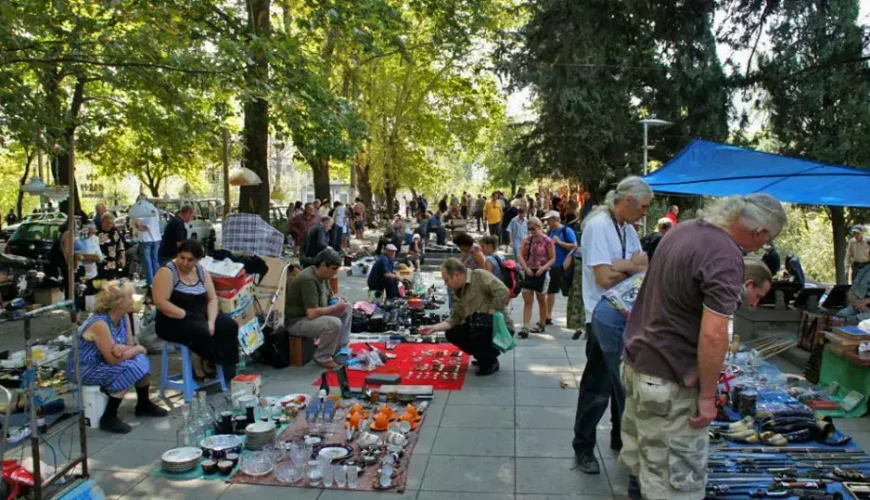
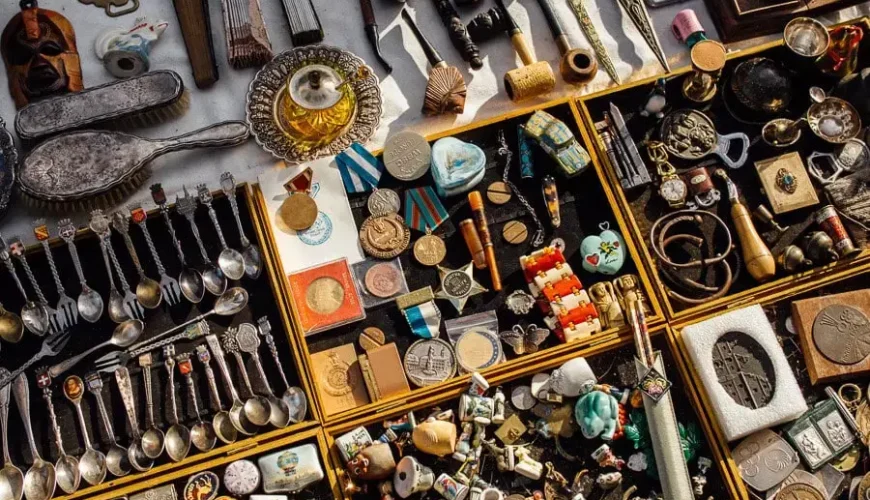

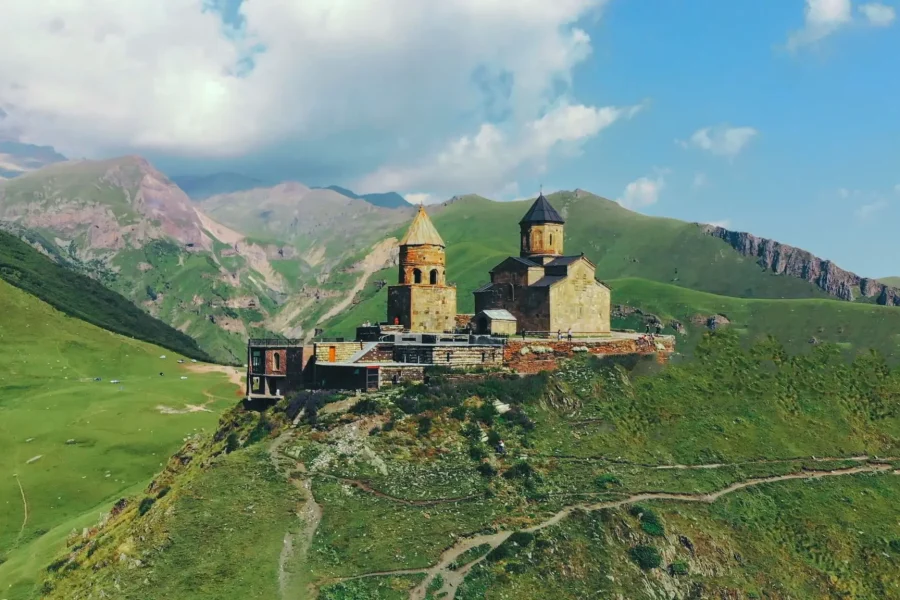
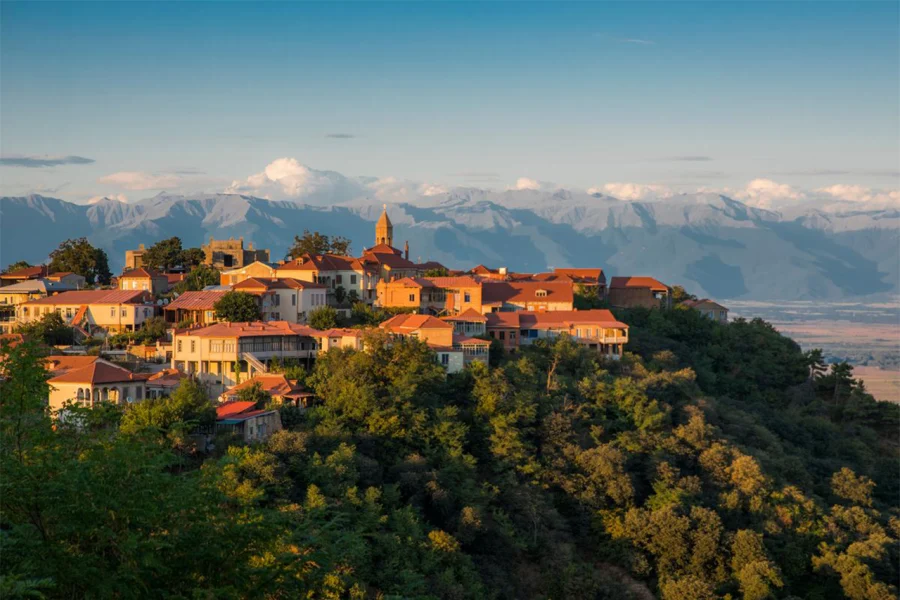
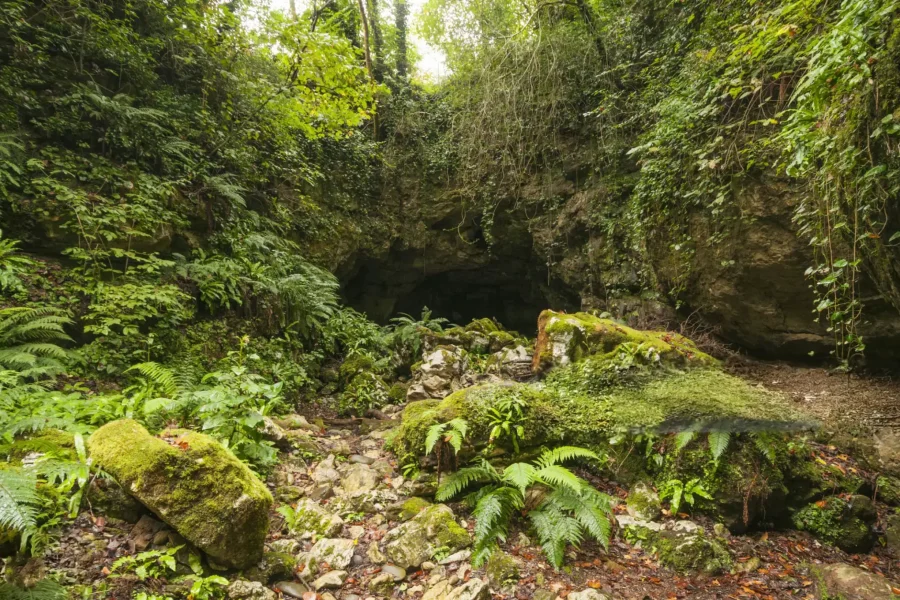
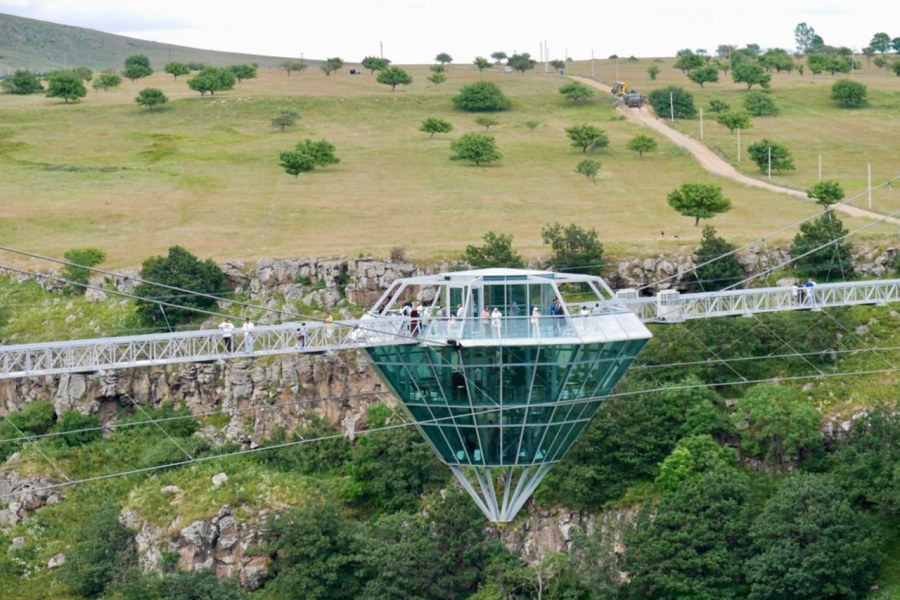
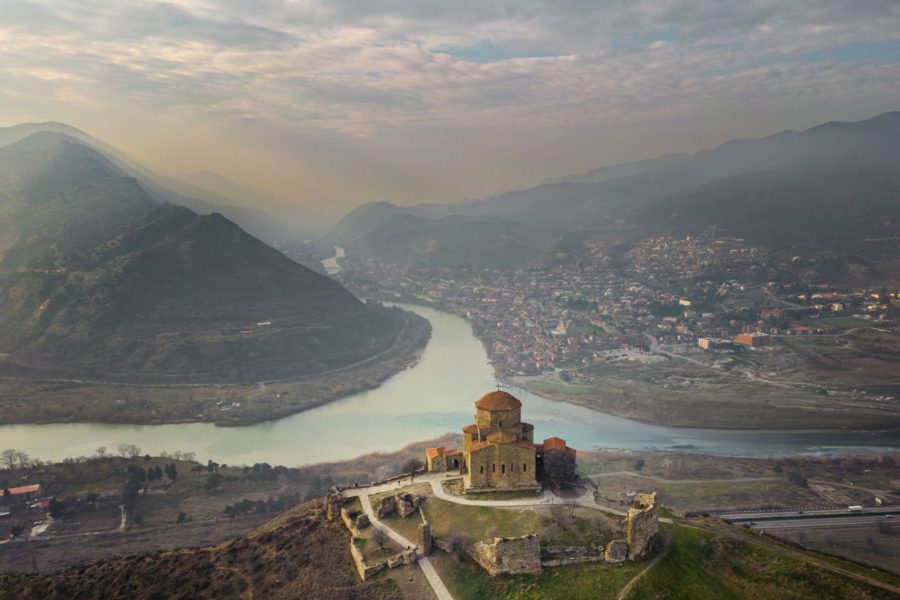
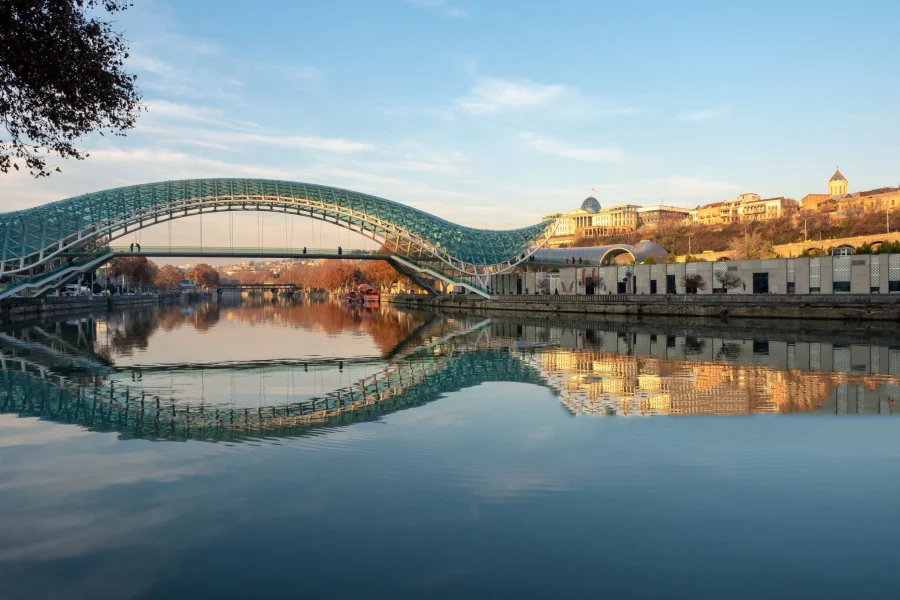
0 Comment